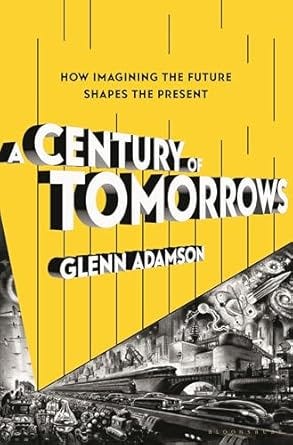For millennia, predicting the future was the province of priests and prophets, the realm of astrologers and seers. Then, in the twentieth century, futurologists emerged, claiming that data and design could make planning into a rational certainty. Over time, many of these technologists and trend forecasters amassed power as public intellectuals, even as their predictions proved less than reliable. Now, amid political and ecological crises of our own making, we drown in a cacophony of potential futures-including, possibly, no future at all.
A Century of Tomorrows offers an illuminating account of how the world was transformed by the science (or is it?) of futurecasting. Beneath the chaos of competing tomorrows, Adamson reveals a hidden order: six key themes that have structured visions of what's next. Helping him to tell this story are remarkable characters, including self-proclaimed futurologists such as Buckminster Fuller and Stewart Brand, as well as an eclectic array of other visionaries who have influenced our thinking about the world ahead: Octavia Butler and Ursula LeGuin, Shulamith Firestone and Sun Ra, Marcus Garvey and Timothy Leary, and more.
Arriving at a moment of collective anxiety and fragile hope, Adamson's extraordinary book shows how our projections for the future are, always and ultimately, debates about the present. For tomorrow is contained within the only thing we can ever truly know: today.
Adamson introduces readers to a diverse cast of influential figures, including:
Futurologists like Buckminster Fuller and Stewart Brand.
Science fiction icons Octavia Butler and Ursula Le Guin.
Radical thinkers such as Shulamith Firestone, Marcus Garvey, and Timothy Leary.
Cultural pioneers like Sun Ra, whose imaginative visions have left an indelible mark on our collective dreams of tomorrow.
Why Read This Book?
Discover how humanity’s predictions about the future reveal insights into our current world.
Explore the history of futurecasting and its impact on culture, politics, and science.
Meet the thinkers who have shaped our understanding of what’s next.











